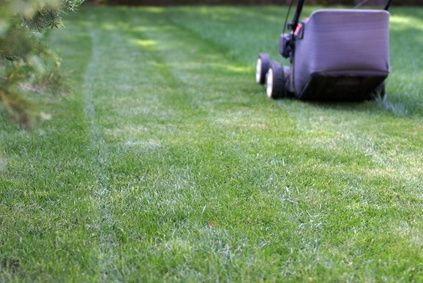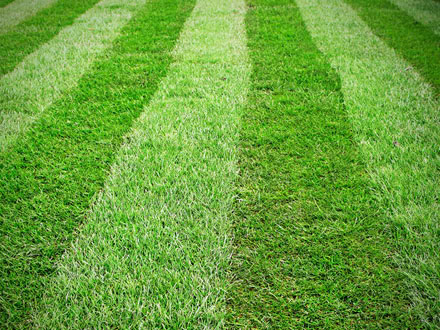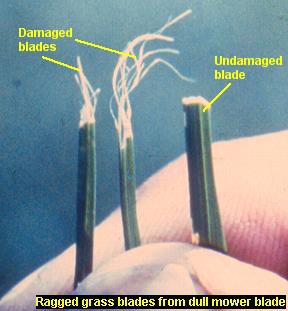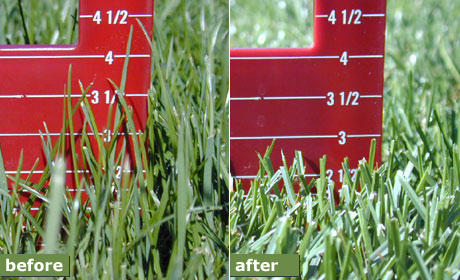 Cary, NC-
Growing a healthy. lush green lawn in North Carolina can be a bit of a challenge. Poor soil conditions paired with high heat and humidity during the summer months are well-known contributing factors to our difficult growing conditions. But did you also know that two basic lawn-management practices, mowing and fertilizing, can either "make" or "break" a lawn by promoting good lawn health or opening it up to a weed infestation. Here's a few tips for establishing a healthy and beautiful lawn in your home landscape.
Cary, NC-
Growing a healthy. lush green lawn in North Carolina can be a bit of a challenge. Poor soil conditions paired with high heat and humidity during the summer months are well-known contributing factors to our difficult growing conditions. But did you also know that two basic lawn-management practices, mowing and fertilizing, can either "make" or "break" a lawn by promoting good lawn health or opening it up to a weed infestation. Here's a few tips for establishing a healthy and beautiful lawn in your home landscape.
Sharp Mower Blades
Always mow with a sharp mower blade. Sharp blades cut the grass cleanly, which ensures rapid healing and regrowth. When dull blades tear and bruise the leaves, the wounded grass becomes weakened and less able to ward off invading weeds.
A good rule to follow is to have your lawn mower serviced in late winter or early spring before peek grass growing commences later in the spring. If you haven't had your blade sharpened in several years, you can be pretty sure that they are in need. Take a peek at your freshly mowed lawn and look at the tips of the cut grass. If you see tearing or ripping, you are in need of some service.
Mowing Height
Mow at the proper height for your lawn. For example, mow tall fescue at 3 inches during the summer months. By maintaining the proper height, you will allow the root system to fully develop, helping the grass tolerate summer heat and stress.
One-Third Rule of Thumb
Follow this mowing rule-of-thumb: Remove no more than one-third of the grass height at any one mowing. Cutting off more than one-third at one time can stop the roots from growing, which is an open invitation to weeds.
Fertilizing
Fertilize lawns with the right amount of fertilizer based on soil-test results and at the proper time of year. Cool-season grasses like tall fescue and Kentucky bluegrass should be fertilized in the fall.
Weed Whackers
Avoid trimming grass with a weed-eater near the trunks of trees and shrubs. The rapidly spinning monofilament line can easily damage the bark, exposing it to attack from insects and diseases. Instead, maintain a shallow layer of mulch around the bases of trees and shrubs to help suppress weed growth.
For more lawn care tips, stop by the garden center. Our helpful staff is on hand seven days with answers to all your gardening questions. Hope to see you soon!







